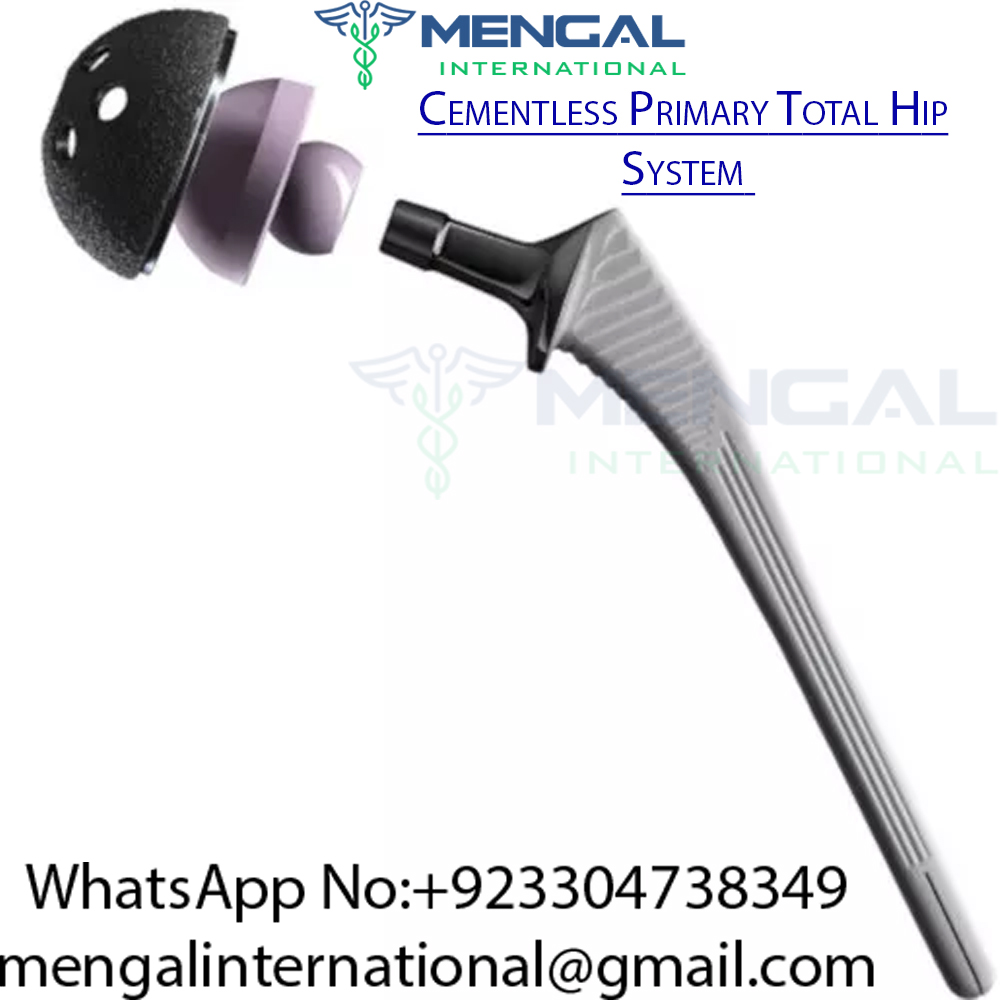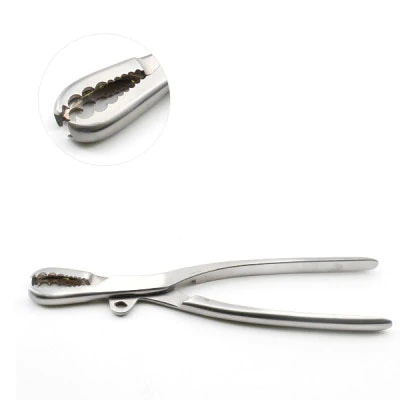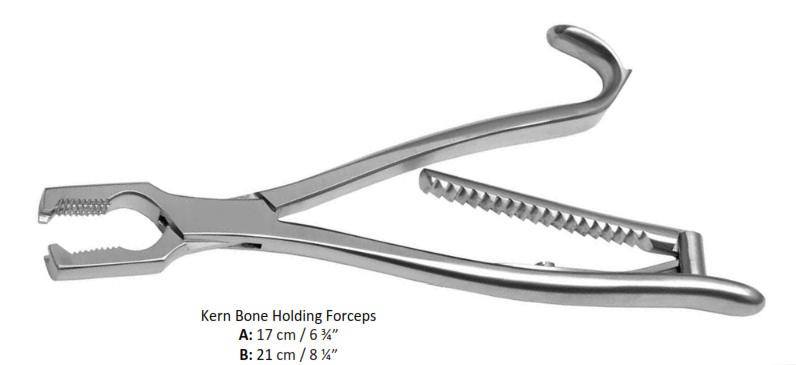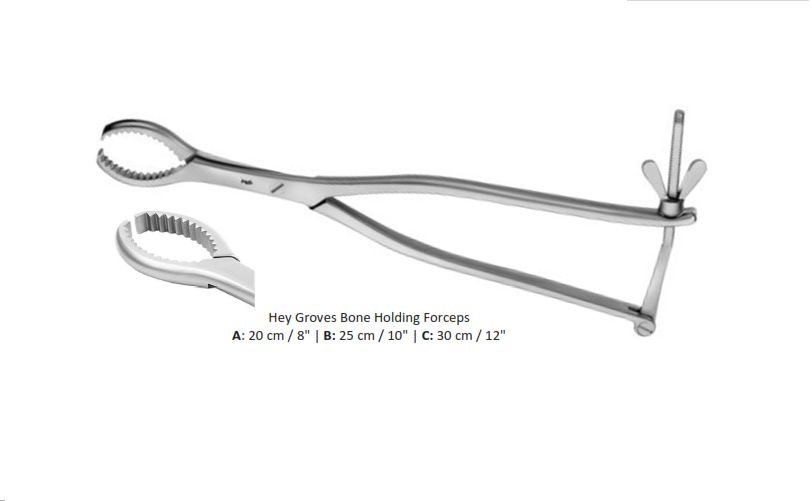Cementless Primary Total Hip System
Description
Cementless Primary Total Hip System: A Comprehensive Overview
The use of cementless primary total hip systems has become increasingly popular over the years due to their superior long-term clinical outcomes and reduced risk of complications. This article provides a comprehensive overview of cementless primary total hip systems, including their advantages, disadvantages, indications, and surgical techniques.
Introduction
Hip arthroplasty is a common surgical procedure that involves the replacement of the damaged or diseased hip joint with an artificial joint. There are two main types of hip replacement procedures: cemented and cementless. In this article, we will focus on cementless primary total hip systems.
Advantages of Cementless Primary Total Hip Systems
Cementless primary total hip systems offer several advantages over their cemented counterparts. These advantages include:
Reduced Risk of Loosening
One of the primary advantages of cementless primary total hip systems is their reduced risk of loosening. Cemented hip systems rely on the cement to hold the components in place, which can become loose over time. Cementless hip systems, on the other hand, rely on the biological fixation between the bone and the implant, which provides long-term stability.
Better Long-Term Clinical Outcomes
Cementless primary total hip systems have been shown to have better long-term clinical outcomes compared to cemented hip systems. This is due to the fact that cementless hip systems provide better bone ingrowth, which leads to improved stability and reduced risk of implant failure.
Reduced Risk of Complications
Cementless primary total hip systems also have a reduced risk of complications such as infection, aseptic loosening, and periprosthetic fractures. This is due to the fact that cementless hip systems do not require the use of cement, which can cause a host of complications.
Disadvantages of Cementless Primary Total Hip Systems
While cementless primary total hip systems offer several advantages, they also have a few disadvantages. These disadvantages include:
Higher Initial Cost
Cementless primary total hip systems tend to be more expensive than cemented hip systems. This is due to the fact that they require more advanced implant technology and specialized instrumentation.
Longer Surgical Time
Cementless primary total hip systems also require longer surgical time compared to cemented hip systems. This is due to the fact that the implant must be placed precisely and securely in the bone.
Indications for Cementless Primary Total Hip Systems
Cementless primary total hip systems are indicated for patients with:
- Rheumatoid arthritis
- Osteoarthritis
- Avascular necrosis
- Post-traumatic arthritis
- Congenital hip dysplasia
Surgical Technique for Cementless Primary Total Hip Systems
The surgical technique for cementless primary total hip systems involves several steps. These steps include:
Preoperative Planning
The surgeon will perform a preoperative evaluation to assess the patient’s overall health and determine the appropriate implant size and type.
Incision
The surgeon will make an incision in the hip region to access the joint.
Preparation of the Femur
The surgeon will remove the damaged femoral head and prepare the femoral canal for the implant.
Preparation of the Acetabulum
The surgeon will remove the damaged acetabulum and prepare it for the implant.
Implantation
The surgeon will implant the femoral component and acetabular component, ensuring proper fit and stability.
Closure
The surgeon will close the incision and apply dressings.
Postoperative Care
Patients who undergo cementless primary total hip systems will need to follow a strict postoperative care regimen, which includes:
- Physical therapy
- Medication management
- Wound care
- Weight-bearing restrictions
Conclusion
Cementless primary total hip systems have become a popular option for hip arthroplasty due to their superior long-term clinical outcomes and reduced risk of complications. While they do have some disadvantages, such as higher initial cost and longer surgical time, the benefits often outweigh the drawbacks.
Overall, cementless primary total hip systems offer an effective solution for patients with hip joint disease or damage. With proper preoperative planning, surgical technique, and postoperative care, patients can expect a successful outcome and improved quality of life.






Reviews
There are no reviews yet.